Description
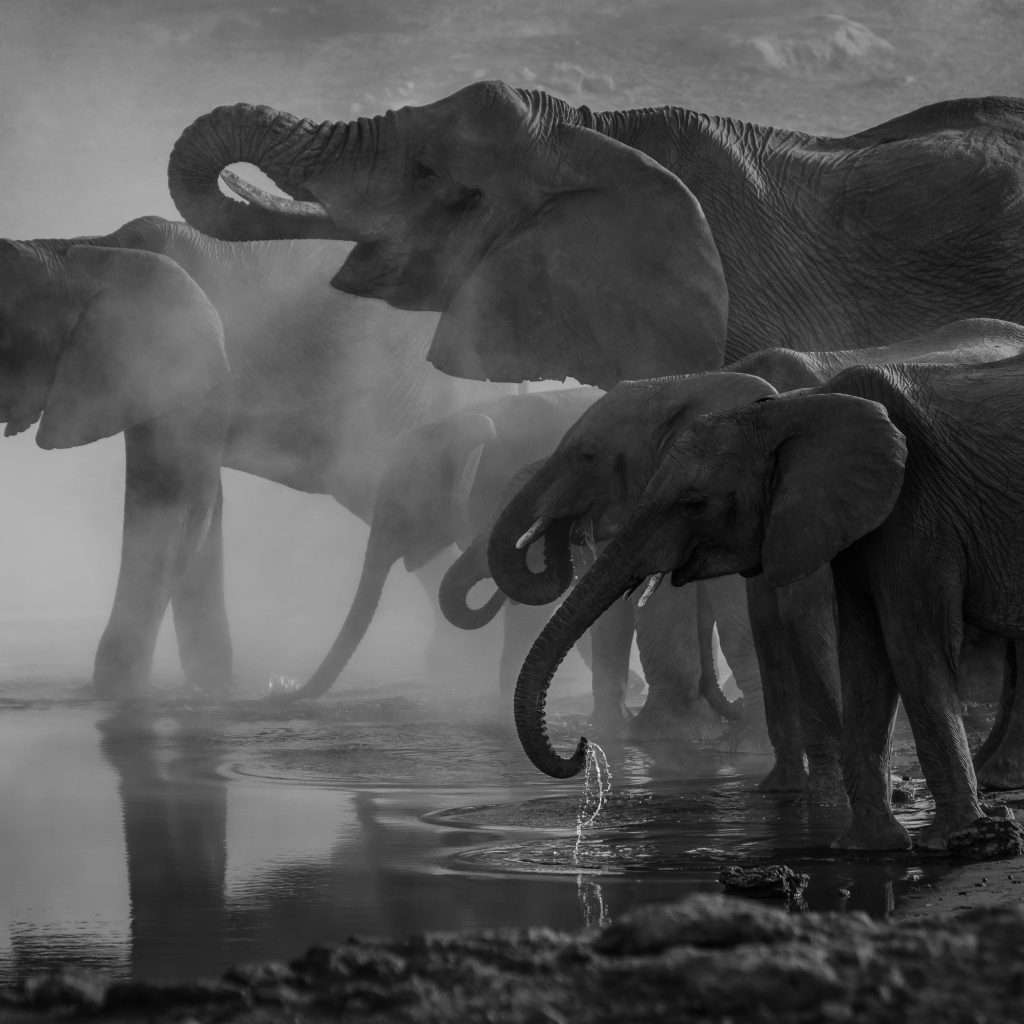 Day 1: Saturday Windhoek – Mt. Etjo and Okonjati Nature Reserve – 230 km
Day 1: Saturday Windhoek – Mt. Etjo and Okonjati Nature Reserve – 230 km
You will be collected from your accommodation within the Windhoek city limits at 07:15 and transferred to Chameleon Headquaters for a short pre-departure meeting.
Heading north, we will make our first stop in the small town of Okahandja where we will find Namibia’s largest wood carving market. Craftsmen from all over Namibia come here to showcase a wide variety of items both large and small. Here we have the opportunity to collect a truly Namibian souvenir and at the same time to support the local artists and communities.
Onwards to our overnight destination at Mt. Etjo campsite which is located adjacent to the private Okonjati Game Reserve. After making camp and preparing lunch we will drive the three kilometres to the lodge where there will be time to explore the grounds and have a dip in the pool.
The lodge is built in an attractive Moroccan style with red terracotta buildings and abundant palm trees and lawns. Around the lodge, and throughout the Okonjati reserve, rainwater dams have been built creating, after good rains, many large pools and small lakes. Around the main lodge area, the lake is extensive and supports a small population of hippopotamus. The habitat that these huge ‘water cows’ enjoy at the lodge is artificial as hippos do not occur naturally in this semi desert region of Namibia. It does however offer us the privilege of perhaps seeing and photographing this iconic African species without having to travel many kilometres to the far north of Namibia.
Time for our first game drive, we meet our local guide and climb aboard open game viewing vehicles for our, about three hours, excursion into the reserve. The reserve is big 36,000 hectares, (nearly 90,000 acres), and it is as abundant in magnificent scenery as it is in wildlife. The overall terrain is dotted with truly huge copper red and grey termite mounds and is rich in native vegetation, dominated by Vachellia, (formally Acacia), thorn scrub and standing mopani trees. Okonjati reserve is largely free of invasive vegetation, thanks in part to the healthy appetites of the resident pachyderms and other shrub browsing species found here. This allows for areas of open and semi open grassland savanna, criss-crossed with many dry streams and riverbeds. Perfect for the game and perfect for us as the open landscape makes game viewing and photography a pleasure.
We are hoping for Big Game, elephant and rhino in particular but we are also watching out for giraffe and other, smaller species as well. Springbok, wildebeest, impala and kudu are numerous, but also mammals like warthog, steenbok and damara dick-dick are all waiting to be spotted by sharp eyes. In the bush and around the seasonal waterholes the game and birdlife is abundant.
Not to be outdone by the wildlife, the scenery remains dominant. Pristine bush under truly iconic African Big Sky’s and with a backdrop of towering red and grey sandstone massives. It doesn’t get much better than this.Around sunset we will stop for some refreshments before returning to the lodge and then heading back to our campsite and dinner tonight will be cooked by our guide over an open fire.
We are not done yet though!
After dinner we head back to the lodge to watch some of the resident lion enjoy their evening meal. These Big Cats are permanent residents at Mt. Etjo and have their own large secure enclosure where they live and where they are able to hunt naturally. From a secure hide that offers a close-up view we can watch and photograph these magnificent cats as they arrive to enjoy the extra snack that is laid out for them.
From here we once again head back to our camp where we can, after a jam-packed day, finally settle down for our first night under canvas.
Accommodation: Twin share tents, shared ablution at campsite
Meals: Lunch & Dinner
Day 2: Sunday – Mt. Etjo – Okaukuejo – Etosha National Park – 280 km
Departing after breakfast we head back to the main road to continue our journey north, en-route to Etosha National Park. We make a short stop for essential supplies in the small town of Otjwarongo before continuing on to Etosha’s main camp at Okaukuejo.
We are introduced to the park with a short game drive between the main entrance gate, (Anderson Gate), and Okaukuejo Camp with a good chance to spot big game right from the very start. Etosha is huge, just over 22,000 square km and is home to 114 species of mammal, 350 species of bird, 110 species of reptile, uncountable numbers of insect and, somewhat bizarrely, one species of fish.
After setting up our campsite we will head out into Etosha in search of big game. Elephant, rhino, giraffe and the big cats are often seen in this area. We also look for the smaller species, several types of antelope and gazelle abound, zebra are common and the bird life can be spectacular.
All visitors must be back in camp at sunset, but the ‘game show’ doesn’t stop when the sun goes down. Assessable on foot and only a short walk from our campsite, Okaukuejo is justly famous for its flood lit waterhole where we are afforded the chance to see all of Etosha’s treasures. Big cats, elephant and the whole spectrum of smaller game, but in particular, this is our best chance of getting up close to a black rhino. Namibia is the last stronghold of these critically endangered creatures but here, at Okaukuejo, they are regular visitors.
Accommodation: Twin share tents, shared ablution at campsite
Meals: Breakfast, Lunch & Dinner
Day 3: Monday – Okaukuejo – Halali – Okaukuejo – Etosha National Park
We have the whole day to explore Etosha and we want to make the most of it. The park gates open at sunrise and after a quick cup of coffee and a snack we will aim to be on our way as the sun breaches the horizon. Early morning is usually a productive time for game viewing and first thing in the morning is a good time to catch big cats returning from the hunt.
Etosha is desert landscape and water is the most scarce natural resource. There are however numerous waterholes here, both natural and man-made, and our game driving technique is to take in as many as of these possible. Here we hope that the game will come to us as the animals attend for an early morning drink. Along the way we will make a stop at a designated picnic area for a quick breakfast before continuing our game drive en-route to the camp at Halali. The name for Halali is taken from a bugle refrain that was originally used during sport hunting with horse and hounds in Europe. The bugler would sound the Halali to signify that the hunt was over. This was considered appropriate for Etosha as inside the protection of the park, the hunting of animals is over forever.
We will have lunch at Halali. There is a small shop with basic merchandise and a few souvenirs and there will also be time for a swim in the pool. There is also time to visit the Halali camp waterhole before we head back out into the park for our afternoon game drive.
On our way back to Okaukuejo we will stop to have a closer look at the Etosha Pan. The name Etosha translates as ‘great white space’ but this name does not do justice to the immensity of the pan. Over 4,700 square km of dazzling white mineral pan, so big that it can be seen from space.
Keeping a sharp look out for game as we wind our way back to Okaukuejo, we aim to arrive back at our camp just before sunset and just in time for the best hour of the day at the Okaukuejo waterhole.
Accommodation: Twin share tents, shared ablution at campsite
Meals: Breakfast, Lunch & Dinner
Day 4: Tuesday – Okaukuejo – Palmwag – 320 km
Time to leave Etosha and concentrate on some of Namibia’s other highlights. We will have an early breakfast and game drive our way out of the park and back to the main road.
Our first stop of the day is a fascinating cultural visit the Otjikandero Himba Village located close to the small town of Kamanjab. The Himba people traditionally have their homeland in the very far north of Namibia in extremely remote yet beautiful areas. Because their communities were so isolated, the influence of the modern world took a little longer to reach these people and they kept on living their traditional lifestyle much longer than did other ancient cultures. With the advent of tourism and the natural flow of change, many Himba have migrated further to the south but traditions die hard and amongst all the other ethnic groups in southern Africa many Himba tribes people retain and live their traditions to this day.
The Otjikandero Himba Village is a living village, meaning that people live there on a permanent basis and largely adhere to their traditional cultures. It is not a time capsule, the 21st century has arrived here as well, but it is a good representation of traditional Himba life. We will be invited into the village, our visit will be guided and we will be encouraged to take photos and ask questions so there are no feelings of invading anyone’s privacy. After our visit to Otjikandero we will have a short stop in Kamanjab before continuing on with our journey.
The next leg of our journey today is truly spectacular, we turn to the west and head towards the mighty Etendeka Mountains and the Grootberg Pass. Etendeka translates as ‘flat top’ and indeed many of the surrounding mountains have flat table-tops. The terrain here is covered with small uniform boulders, a legacy of the break-up of Gondwanaland when, what is now Southern Africa broke away from what is now South America around 180 million years ago.
A time of massive volcanic upheaval and the same identical rocks, (Etendeka basalts), can be found in great abundance in Brazil. As we travel through this rocky landscape we can enjoy the sweeping views and spectacular landscapes of this ancient land.
Palmwag is set out abreast of the Uniab River and under waving makalani palm trees which often provide a refuge for Namibia’s unique desert adapted elephants. Sometimes coming very close to our camp, and sometimes coming right in for a visit, the elephants have been known to drink water from the swimming pools. We arrive in the late afternoon and set up our camp in time to enjoy a sundowner and hopefully see some of the resident elephant herds.
Accommodation: Twin share tents, shared ablution at campsite.
Meals: Breakfast, Lunch & Dinner
Day 5: Wednesday – Palmwag – Cape Cross – 320 km
We have reached the limit of our northern adventure and today we first head west to the Atlantic Ocean and then directly south, following the coastline to Cape Cross.
We set off through more beautiful scenery and passing many weird and wonderful species of vegetation that this area is famous for. In particular, we will see Namibia’s National plant the amazing and endemic Welwitschia Mirabilis. This species is in fact a dwarf tree and is found only in Namibia and southern Angola. The Welwitschia is a drought resistant superstar and almost as old as the landscape itself. Some specimens are known to be over 1,500 years old.
We enter the Skeleton Coast National Park through the northern Springbokwasser Gate and soon afterwards we meet the chilly Atlantic Ocean. It is easy to see why this barren seaboard is called the Skeleton Coast with its forbidding mountains and barren beaches. The wind, the waves and the huge fog banks all conspire to push ships onto the beach. The countless mariners that, in olden times, found themselves shipwrecked here faced the stark prospect of no fresh water, no food, no rescue and a slow death by exposure. Their Shipmates who went down with their ship were thought to be the lucky ones. There are some remnants of human activity along our road today. In the early 1960’s two pioneering entrepreneurs, Jack Scott and Ben du Preez found themselves convinced that both oil and diamonds were to be discovered along the Skeleton Coast and that this was their chance at fame and fortune. At huge expense a massive drilling rig was set up and managed a bore of 1,700 meters before they could finally admit that there was no oil.
Not daunted and encouraged by reports of huge diamonds at Cape Cross the same pair constructed a diamond mine and processing plant at Toscanini, close to where their abandoned oil rig was already rusting away. Some diamonds were ‘found’ but there was great suspicion that the diamond processor had been ‘seeded’ with diamonds from elsewhere. A ploy to keep the investors happy for a little bit longer. Both enterprises ended in failure but we will pass by Toscanini and we are able to stop and have a look at the now collapsed oil drilling machine.
Exiting the park at the Ugab River crossing with its Instagram worthy iconic gates, we continue onto one of the largest seal colonies in the world. Nobody knows exactly why the seals chose Cape Cross as their home, but there must be a good reason as there are usually upwards of 100,000 seals basking on the rocks or swimming just off the beach. These Cape fur seals are found only in South Africa, Namibia and Angola and are near endemic to Namibia. Cape Cross is the largest Cape fur seal colony in the world but there are many smaller colonies also to be found on the Namibian beaches and the Namibian Skeleton Coast hosts by far the majority of the world’s population. Cape Cross is an amazing sight, and a challenge for your nose, the smelliest stop on our safari.
Cape Cross takes its name from the stone crosses that proudly sit close to the seal colony. The first cross to be erected here was done so on the orders of the Portuguese mariner Diego Cao in 1485. In those days the cross would have been called a ‘Padrao’ and the location was thus named Cabo do Padrao or Cape Cross. The original cross is in a museum in Germany and the two crosses visible today are replicas, erected respectively by the German government and the monuments council of South Africa. The concrete discs set around the two replica crosses are in fact set out to represent the stars of the southern cross. A tribute to the navigational skills of the tough breed of men who made the first voyages of discovery. Diego Cao never made it home to Portugal from this voyage and his death is shrouded in mystery.
After visiting the seal colony, it is only a short drive to our overnight stop at Cape Cross. We aim to arrive in the late afternoon and there should be time for a sunset walk on the beach.
Accommodation: Twin share tents, shared ablution at campsite.
Meals: Breakfast, Lunch & Dinner
Day 6: Thursday – Cape Cross – Swakopmund – 120 km
We have a more leisurely start today and after a cooked breakfast we head south along the coast to the adventure capital of Namibia, Swakopmund.
Heading south on the coast road our first stop is a more recent shipwreck. 15 km south of the small town of Henties Bay a fishing trawler, The Zeila, was beached in 2008. She was an old vessel that had been sold for scrap and was under tow at the time. The cable snapped and, as so many vessels before her, she was caught in the swell and currents and ended up on the beach. She lays quite close to the shore and is well positioned for photos. Continuing south along the coast road there is another interesting stop to make before we arrive in Swakopmund. Namibia is home to a world-record number of lichen and along the coast here we find vast lichen fields. Examples such as we have here, of this nature and scale are very rare around the world. Lichen often look like plants and do to some degree function like plants but they are not a plant and can be well described as a composite organism. The lichen we find in such abundance along the Skeleton Coast are called macro-lichen which typically refers to lichen that are bush like or leafy. The curious thing about lichen is that it is made up of two separate organisms, algae and fungi. Neither organism would be able to survive in this environment on its own, (separate them and they will both die), but together they form a symbiotic relationship within which both can thrive. The fungi is responsible for collecting the moisture that they both use and the algae is responsible for the food. Unlike plants lichen have no roots, but they do perform photosynthesis, or rather the algae part of the lichen, which is green, performs photosynthesis. The chemical sugars produced by this process keeps both fungi and algae well fed.
It almost never rains on the Skeleton Coast but the region is famous for its foggy weather. Heavy mist is common, occurring up to 250 days of the year, and all the organisms, including lichen, that survive on the Skeleton Coast, are specially adapted to be able to utilise fog as their main source of water. Lichen is extremely fragile. Typically with a growth rate of around 1 millimetre per year, and it is very easily damaged. Off road driving is a major problem for the conservation of these unique lichen fields, but a lot of damage is also done simply by people walking on the lichen. Our guide will direct us as to where we are allowed to walk as he introduces us to the lichen fields and great care must be taken that we do not inadvertently cause any damage during our visit.
We complete the final leg of our journey into Swakopmund, an interesting place to say the least, bound to the north, the east and the south by the mighty sand dunes of the Namib Desert and to the west by the Atlantic Ocean. There are still many examples of colonial German architecture to be seen and the German language is still widely used. The town was founded by Captain Kurt von François of the imperial colonial army of the German empire in 1892. (He also founded Windhoek in 1890).
Swakopmund offers many opportunities to keep us busy during our time here. The town centre is small and easily explored on foot but there are also many extra, optional activities available. Scenic flights over the desert are very popular and for the more adventurous perhaps try sky diving or quad biking over and in the Namib dunes. For the more leisurely minded there are bicycle tours and the very popular ‘living desert’ excursions. Here you will join a group in a vehicle with a specialist guide who will take you into the sand dunes sea and introduce you to some of the amazing creatures and plants that survive in one of the toughest environments in the world.
Our guide will discuss all the options with you in advance and will be able to facilitate any bookings that we would like to make.
You will be dropped off at your accommodation anywhere within the city limits of Swakopmund.
Lunch, dinner and accommodation tonight are for your own account. Swakopmund boasts some truly excellent restaurants and again our guide will be able to help you with recommendations and bookings.
Accommodation: None
Meals: Breakfast
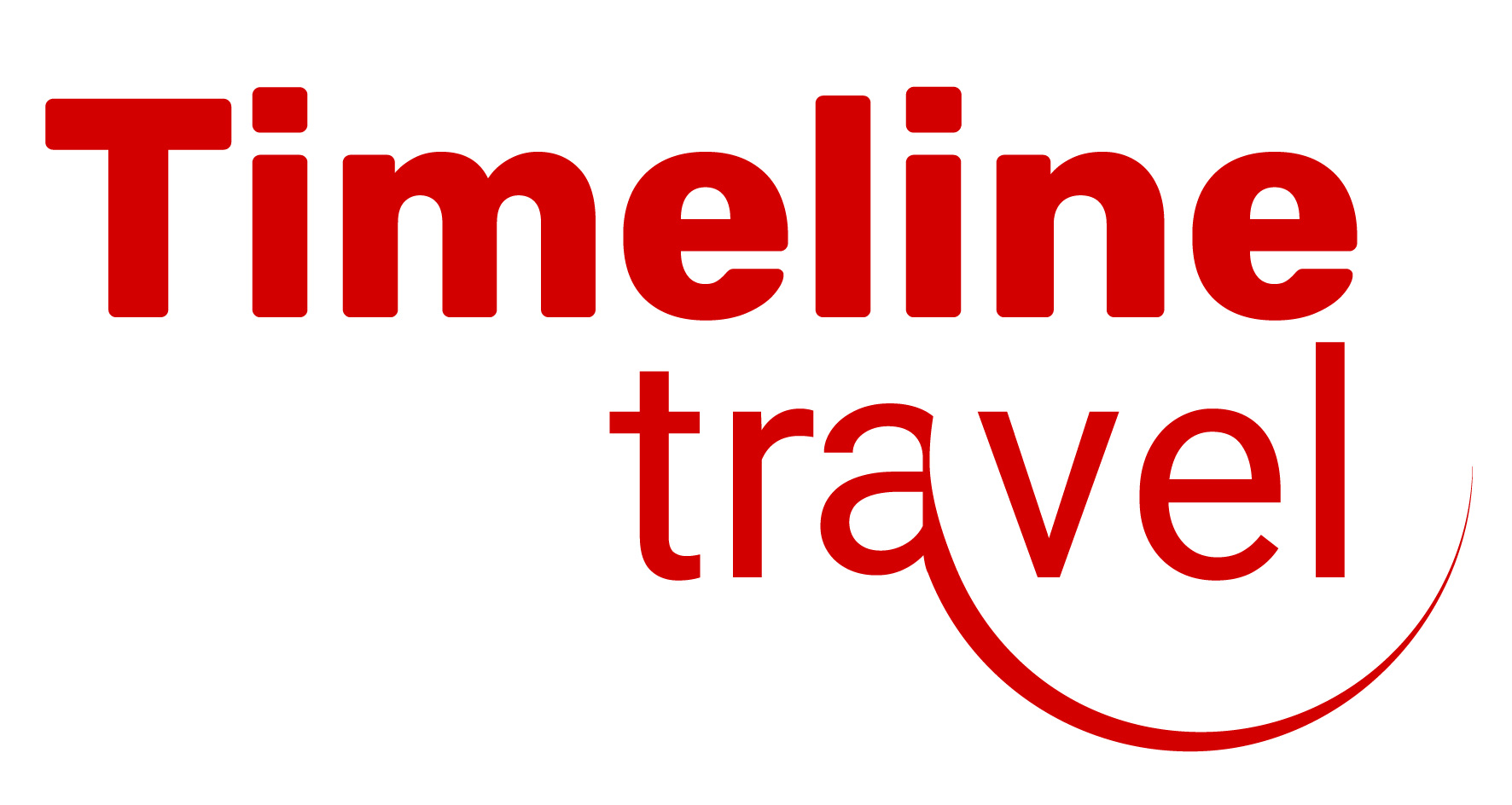
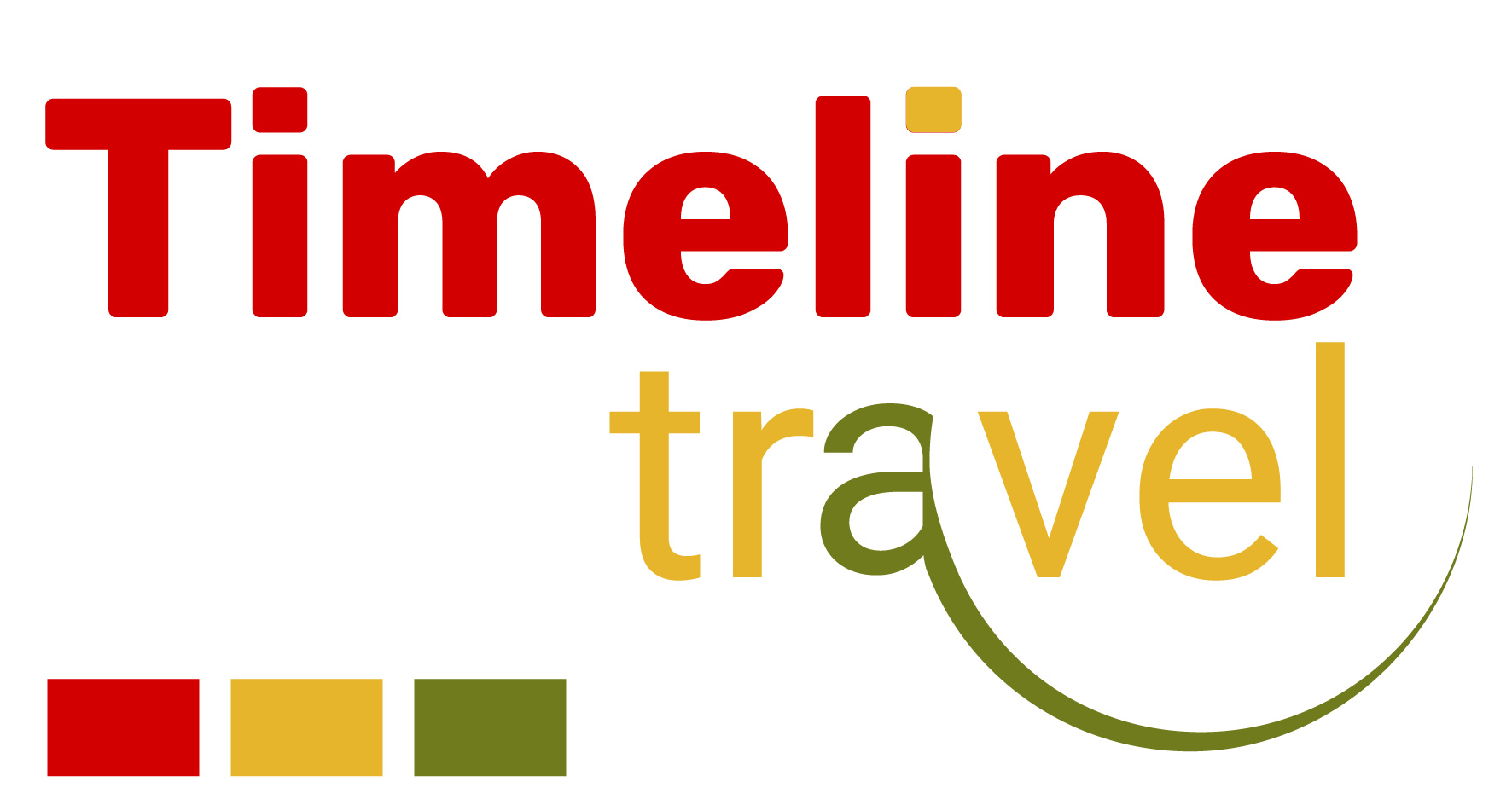
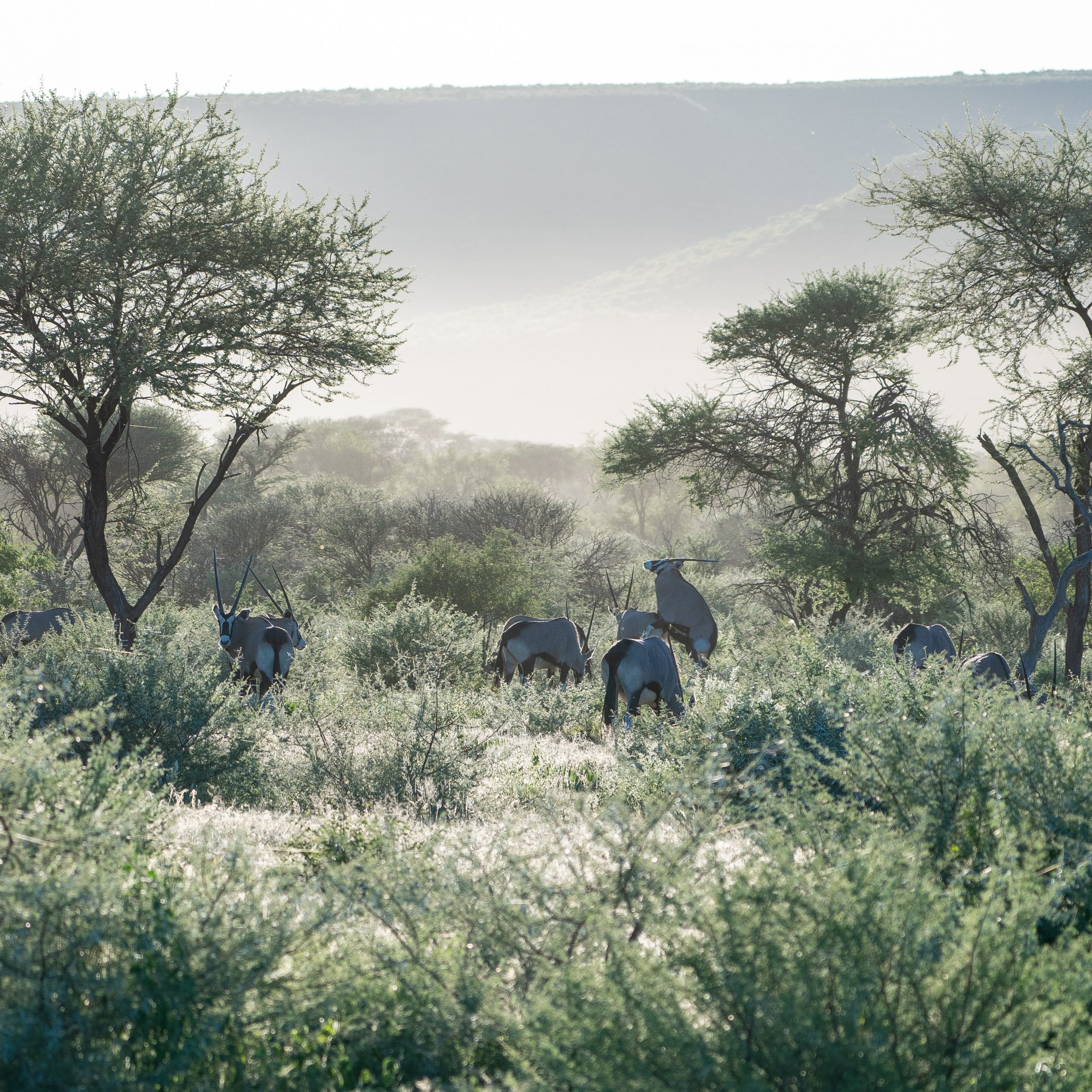
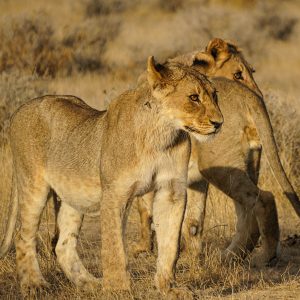
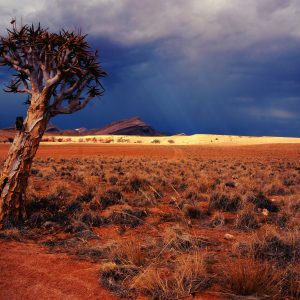
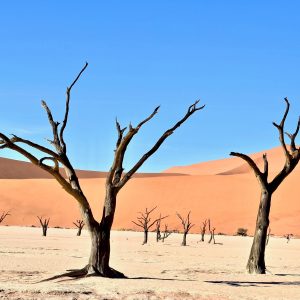


Reviews
There are no reviews yet.